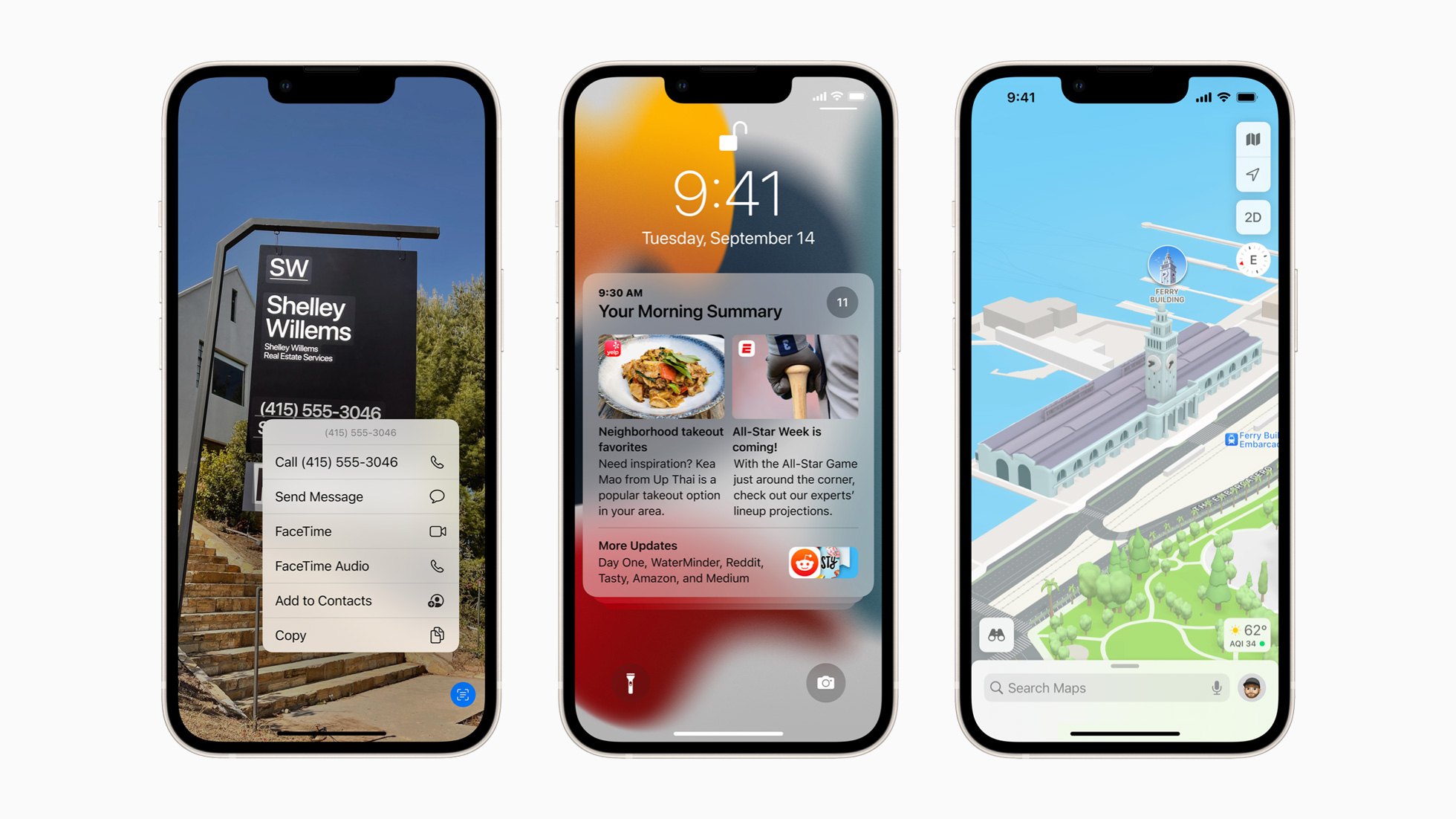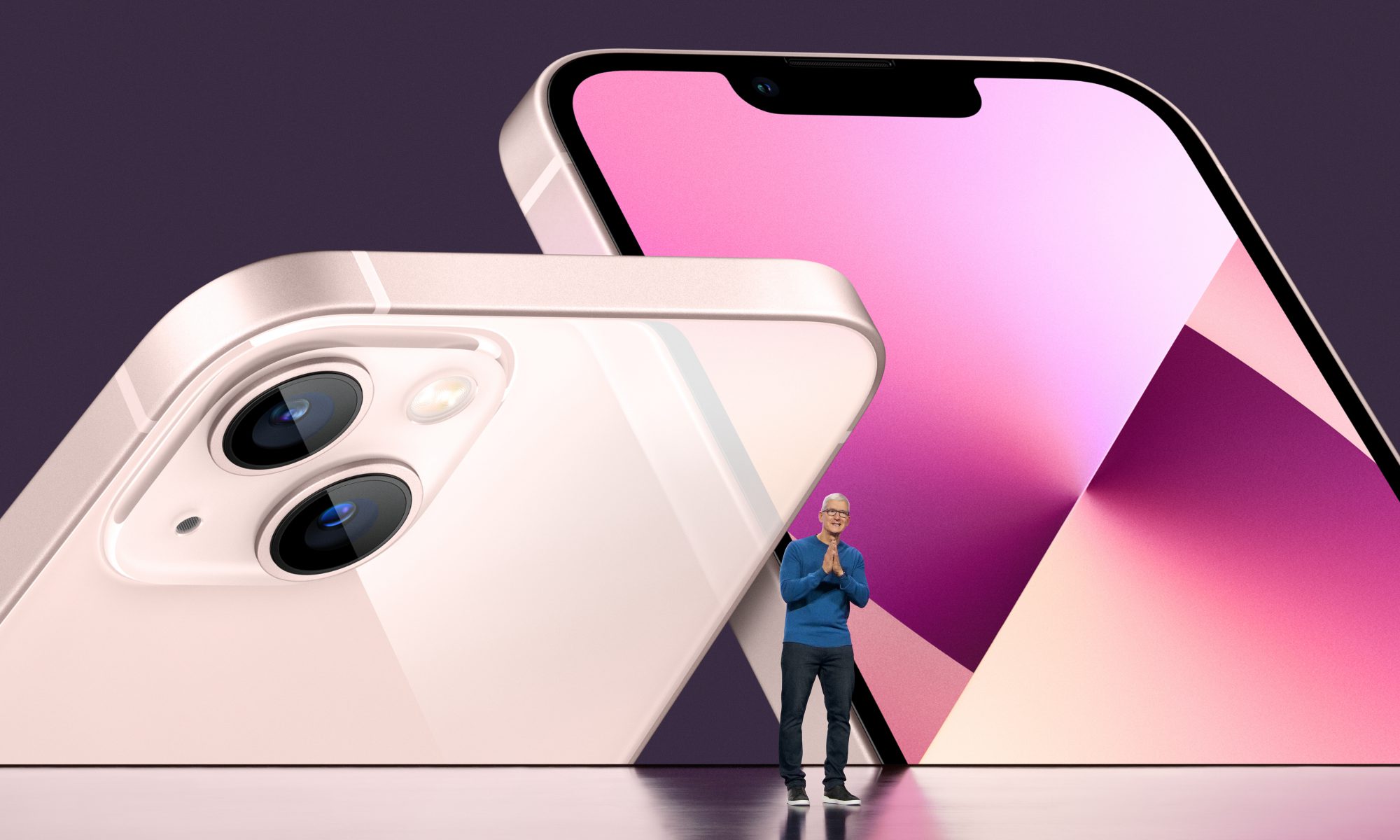![]()
The Nikon 50mm f/2.8 Macro Prime lens is part of a pair announced in June. While the lens is designated as a macro, the 50mm focal length makes it more of a walkabout lens with macro capabilities.
While Nikon’s legacy macro lenses would still work using the FTZ adapter on the Z-System, the new lenses note another step of Nikon’s promise to deliver a wider range of native functionality lenses on its mirrorless systems. Nikon designed this new lens to be a small, lightweight, and compact everyday lens that can be used with both full-frame or APS-C Nikon Z mirrorless systems.
While it is a macro lens, the $650 Nikon 50mm f/2.8 offers a focal length that makes it a lens that can work double duty, both as a standard lens as well as one for close-up shots.
50mm is a lot wider than the standard 100mm or longer typically seen in macro lenses and thus frees this lens from the niche of only macro work. The 50mm f/2.8 is therefore quite diverse in its functionality and is suitable for both portrait and street photography, for example. But on the other side of the coin, users will notice it does lack a few key features when compared to the 105mm sibling, most notably the lack of Vibration Reduction (VR) and no special ARNEO coating.
The question is, does that matter?
Build Quality and Design
The Nikon Z 50mm f/2.8 Macro lens is the smaller and more affordable lens of the duo of macro optics released this summer. While the 50mm “wide” focal length does give users more flexibility as a walk-about lens, it also means that users will have to get much closer to their subjects to get the true macro shots. The upside of the focal range is it will be much easier to get handheld shots without having to worry about camera shake and blurriness, at least in well-lit situations.
![]()
![]()
The 50mm lens is about half the size and weighs less than half than its 105mm sibling, which makes it truly compact and travel-friendly. Something keen eyes may notice out of the box is that the 50mm lacks the S-line designation the higher-end lenses from Nikon’s mirrorless lenses have. This lighter plastic body does make the lens feel “lesser” as well.
![]()
![]()
![]()
![]()
![]()
![]()
Despite the lens being rated as dust and weather resistant, because it is so small and has a mostly plastic exterior, it feels almost like a toy lens rather than something intended for capturing incredibly sharp and detailed professional images. This may perhaps mean that it makes for a better “everyday” lens since it will be less likely to stand out while traveling.
Like most new Z-Mount lenses, the focus ring can be programmed to control additional settings like ISO and exposure compensation when using AF mode.
The last feature worth noting here is unlike most modern macro lenses with internal focus mechanisms, the Nikon Z 50mm f/2.8 Macro uses a more traditional extending inner barrel system. The plus side to this design element is it allows the lens to be smaller when not using the feature, making it more compact for storage and travel. The downside is, of course, that it has a physically extending piece that can change its weight distribution.
Focus and Aperture
I found myself dealing with a shorter “working” distance than other macro lenses in order to get the true 1:1 macro shots, and when shooting at the 1:1 focus distance, the maximum aperture was f/5.6 instead of the f/2.8. While the aperture was a bit of a headscratcher, the big frustration point for me with this lens was the fact you had to get incredibly close to the subjects for the 1:1 shots. So much so that it was very hard to frame a photo without blocking the light and casting a shadow or getting too close to the small insects I was trying to capture that I would unintentionally scare it away.
![]()
![]()
The autofocus works pretty accurately, especially when shooting video. However, when shooting up close for the 1:1 shots, it is important to flip the switch on the focus limiter on the side of the lens otherwise there will be a very noticeable lag and focus breathing present as it makes autofocus adjustments.
After a lot of testing, I found the peak sharpness to be between the f/4 to f/5.6 range with my images. I was surprised to find that the lens was getting slightly softer starting as early as f/8.
![]()
Image Quality
The Nikon Z MC 50mm f/2.8 may not have the extra nanocrystal or ARNEO coatings like its 105mm sibling, but that does not mean the images produced by it are bad by any stretch of the imagination.
Shooting at 1:1, the depth of field is very thin, which was something I personally had to get used to, but I have found it visually interesting and a lot of fun to play with. That thin plane of focus aside, once focus is dialed in, pretty much edge to edge is sharp.
What was nice about this lens is how it is also a very nice walkabout lens. I found that while shooting it as a “normal” lens that it was quite easy to get incredibly sharp images at f/2.8 with only minor vignetting in the far corners. In that sense, I can see a lot to like about using this lens as you would with any 50mm lens and being happy with the results.
Below are some sample images captured with the Nikon Z 50mm f/2.8 Macro:
![]()
![]()
![]()
![]()
![]()
![]()
![]()
![]()
![]()
![]()
![]()
![]()
![]()
![]()
![]()
![]()
![]()
![]()
![]()
An Introduction to Macro Photography
For photographers that are interested in macro images but aren’t quite ready to invest heavily into the niche lenses, this is a great first step into the field. The Nikon Z MC 50mm f/2.8 Macro lens is capable of being an everyday generalist lens for landscape, street, and portrait work, on top of capturing fantastic macro images which means it can adapt to a variety of situations should you find that macro isn’t your favorite subject matter.
For the macro purist, however, there are likely better options out there for you and while the 50mm f/2.8 is nice, it has limitations.
Are There Alternatives?
There are plenty of DSLR macro lenses available to choose from including the $419 Nikon Micro-NIKKOR 55mm f/2.8 Lens which is arguably a better macro lens. That being said, there are only a handful of macro lenses specifically designed for the Nikon Z series currently available including the 105mm f/2.8 VR S Lens some manual Venus Optic (Laowa) Macro lenses, and the IRIX cine 150mm T3.0 Macro lens for $1,195 that jumps significantly in price.
Should You Buy It?
Yes, if macro photography is new and a path of interest for your work, then the Nikkor Z MC 50mm F/2.8 Macro is definitely worth the investment to get you started shooting macro images on the Nikon mirrorless system and you will be very happy with the results you can capture.
However, if you have been shooting macro images for a while and already have a variety of macro lenses available in your kit, I would recommend skipping the 50mm f/2.8 macro and jumping right to the 105mm f/2.8 VR S Macro instead.
from Reviews – PetaPixel https://ift.tt/2XQJGcN https://ift.tt/2XExift
Source: Tech Crunch










 Apple went back on stage with yet another virtual event to announce updates, upgrades and brand new unveils. The TechCrunch team, of course,
Apple went back on stage with yet another virtual event to announce updates, upgrades and brand new unveils. The TechCrunch team, of course, 



